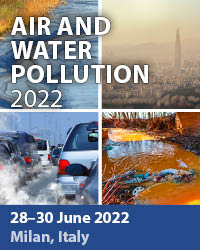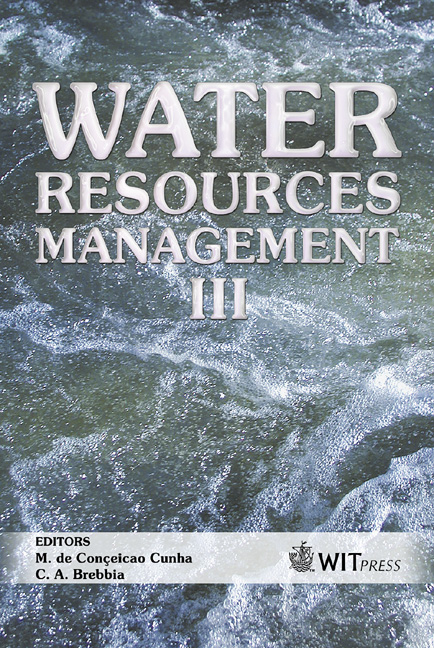Objective Calibration Of The Hydrological Model SEROS For The Odra Watershed
Price
Free (open access)
Transaction
Volume
80
Pages
10
Published
2005
Size
1,441 kb
Paper DOI
10.2495/WRM050031
Copyright
WIT Press
Author(s)
H.-T. Mengelkamp, J. Sutmöller, H. Messal & K.-P. Johnsen
Abstract
Hydrologic models commonly contain parameters that can only be inferred by a trial-and-error process that adjusts the parameter values to closely match the input-output behaviour of the model to the real system it represents. Traditional calibration procedures, which involve manual adjustment of the parameter values are labour-intensive, and their success is strongly dependent on the experience of the modeller. This paper describes the application of the objective calibration methodology SCE-UA (Shuffled Complex Evolution – University of Arizona) to the hydrological model SEROS for the Odra watershed. SEROS combines the rainfall-runoff model SEWAB (Surface Energy and Water Balance) and a routing scheme. Simulated and observed time periods of the discharge show reasonable agreement during the calibration period as well as for the verification period. The latter includes the 1997 major flooding event. Keywords: objective calibration, rainfall-runoff model, routing scheme, Odra watershed. 1 Introduction Hydrologic models commonly contain parameters that can only be inferred by a trial-and-error process that adjusts the parameter values to closely match the input-output behaviour of the model to the real system it represents. Traditional calibration procedures, which involve manual adjustment of the parameter values are labour-intensive, and their success is strongly dependent on the experience of the modeller. Automatic methods for model calibration are objective. However, many studies have shown that such methods have difficulties in finding unique parameter estimates. Most hydrological methods suffer from similar problems,
Keywords
objective calibration, rainfall-runoff model, routing scheme, Odra watershed.





